Beatty Canyon Ranch: Balancing legacy and innovation through data, tradition and conservation
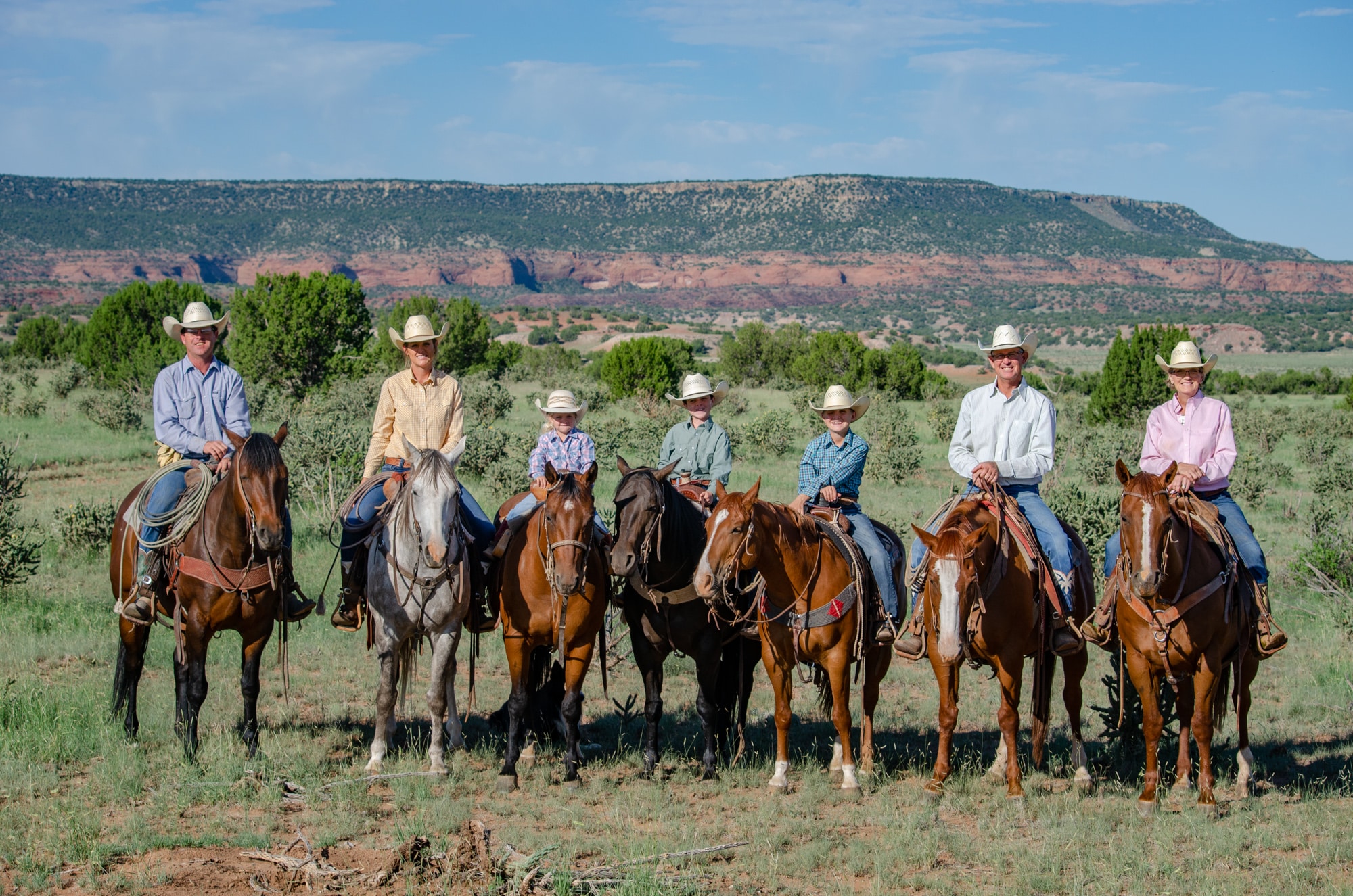
On the rolling prairie of southeastern Colorado, Steve and Joy Wooten are doing more than running cattle. They’re carrying on an almost century-old family legacy while using modern tools to track their progress and keep that legacy strong for the next generation. Beatty Canyon Ranch, tucked away in Las Animas County, shows how tradition and technology, like AgriWebb, can work together to build a resilient, productive operation with real results that can be measured.
At the heart of Beatty Canyon is a commercial cow-calf operation that runs 650 red Angus mother cows. However, it’s far more than just a livestock enterprise. The ranch has built its reputation on conservation, partnering with state and federal agencies to protect soil health, water quality and wildlife habitat. Their long-standing conservation easement with Colorado Open Lands is one of many collaborations that reflect their deep commitment to the land.
For Steve, getting the ranch to where it is today has meant adopting new strategies, shifting mindsets and embracing the idea that effective management requires measurable progress. In his view, data isn’t just helpful, it’s essential to moving the operation forward.
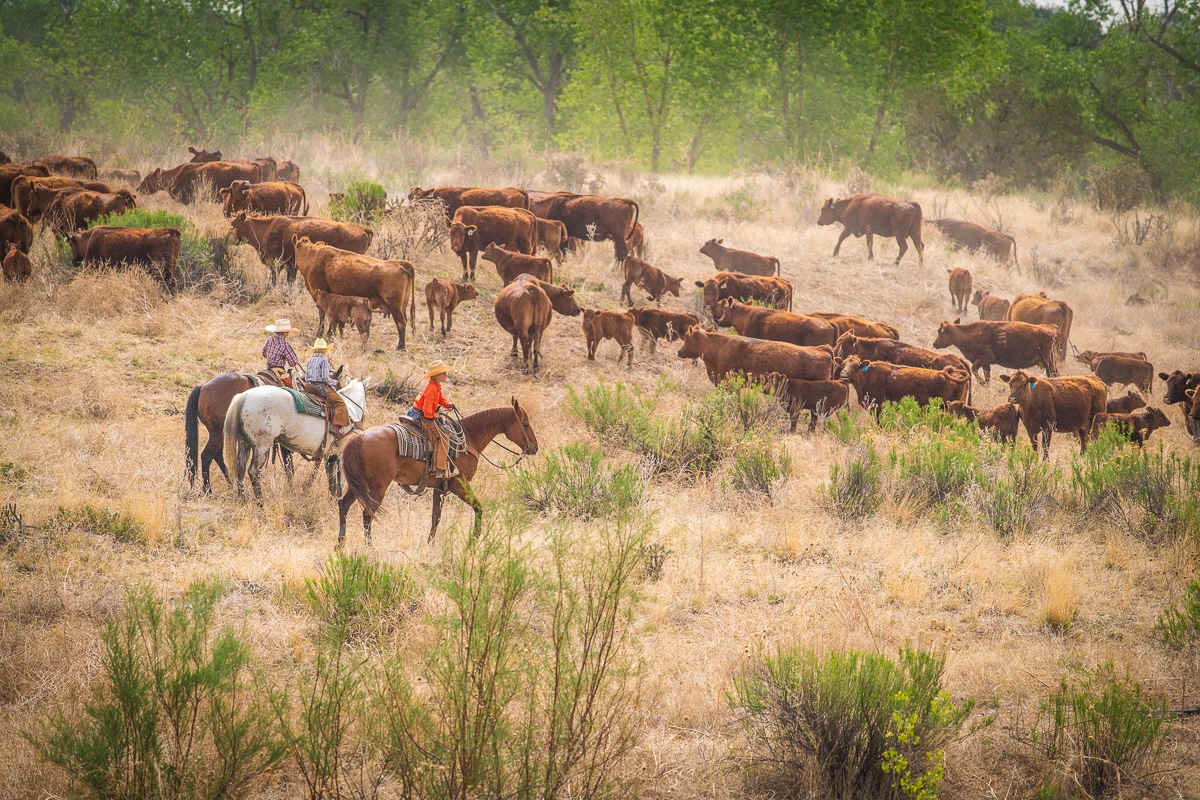
A ranching calendar aligned with the land
Like many operations in the High Plains, Beatty Canyon Ranch’s annual calendar revolves around the seasons and forage availability. But for Steve and his family, it’s more than tradition, it’s strategy. Nearly a century of land stewardship has taught the Wootens how to sync every operational milestone with the rhythms of the land.
“Our calendar cycle matches what the land can provide,” Steve says. “We calve from mid-February to mid-April, branding and first vaccinations in early May, turn the bulls out from May 10 thru July 10, and begin weaning in October when the calves are averaging 210 days old.”
This intentional timing isn’t just about managing weather extremes, it’s about following forage and water availability. Calving later in winter reduces the risk of frostbitten calves, while syncing breeding and grazing with periods of active forage growth means cows are gaining condition on fresh, nutritious grass rather than costly supplemental feed.
This land-first approach sets the stage for how the Wootens move their cattle across the ranch, adapting their grazing plan to elevation, climate and regrowth patterns. It’s here that rotational grazing and careful movements come into play, allowing the family to use every acre on their ranch with purpose.
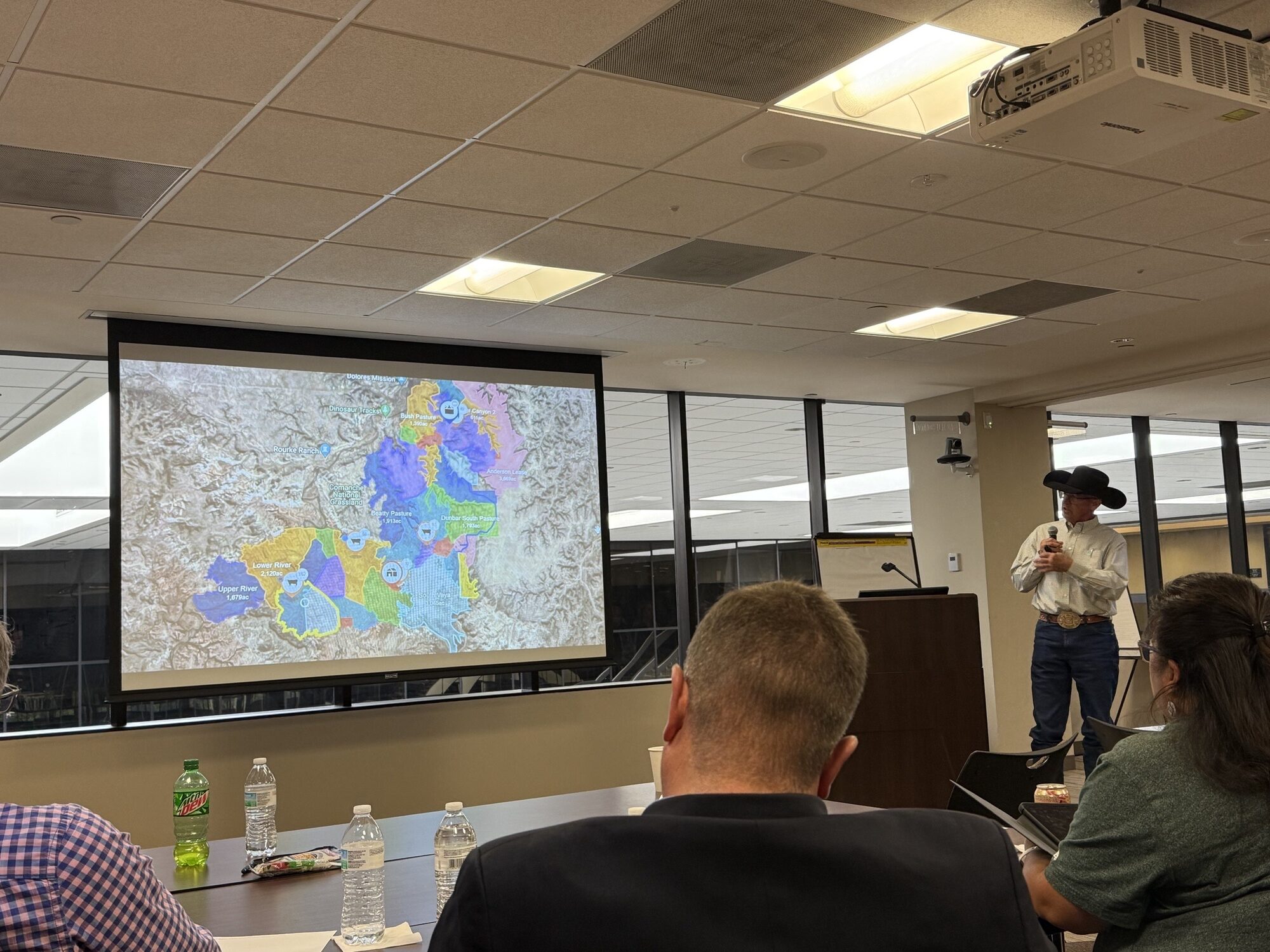
Managing rotational grazing and smart movements with AgriWebb
Following a major drought in 2000–2004, Steve and his family understood a different approach was needed, one that would make the ranch more resilient, not just reactive. That shift was shaped by guidance from industry leaders like Dave Pratt of Ranching for Profit and consultant Burke Teichert. With their help, the Wootens restructured their herd, rethought their resource use and built a plan to work with the land. The results speak volumes: a 75% reduction in hay purchases and a 50% cut in pelleted feed.
Today, that mindset underpins how they manage every acre.
Beatty Canyon uses a rest-rotation grazing system that gives pastures time to recover and regrow. Movements are guided by the calendar, but finalized by conditions. Residual forage, pasture rest and seasonal variability all play a role in when and where cattle move next. It’s a flexible, responsive system designed to prioritize the land’s long-term productivity.
To stay on top of it all, Steve and his family use AgriWebb’s livestock management software to plan and track their herd’s grazing across the ranch. Real-time data helps them see what’s working and make confident, forward-thinking decisions.
“We’ve been able to improve our drought resistance through pasture management,” Steve says. “By being able to have more rest in our pastures and grow more forage for next year by not having cattle in there, we can go year-over-year without having to make drastic management decisions.”
In the summer months, cattle graze the uplands, with frequent checks to prevent overgrazing. When winter sets in, they rotate down to canyon pastures with live water sources, supported by targeted feeding to maintain nutrition during the colder stretch.
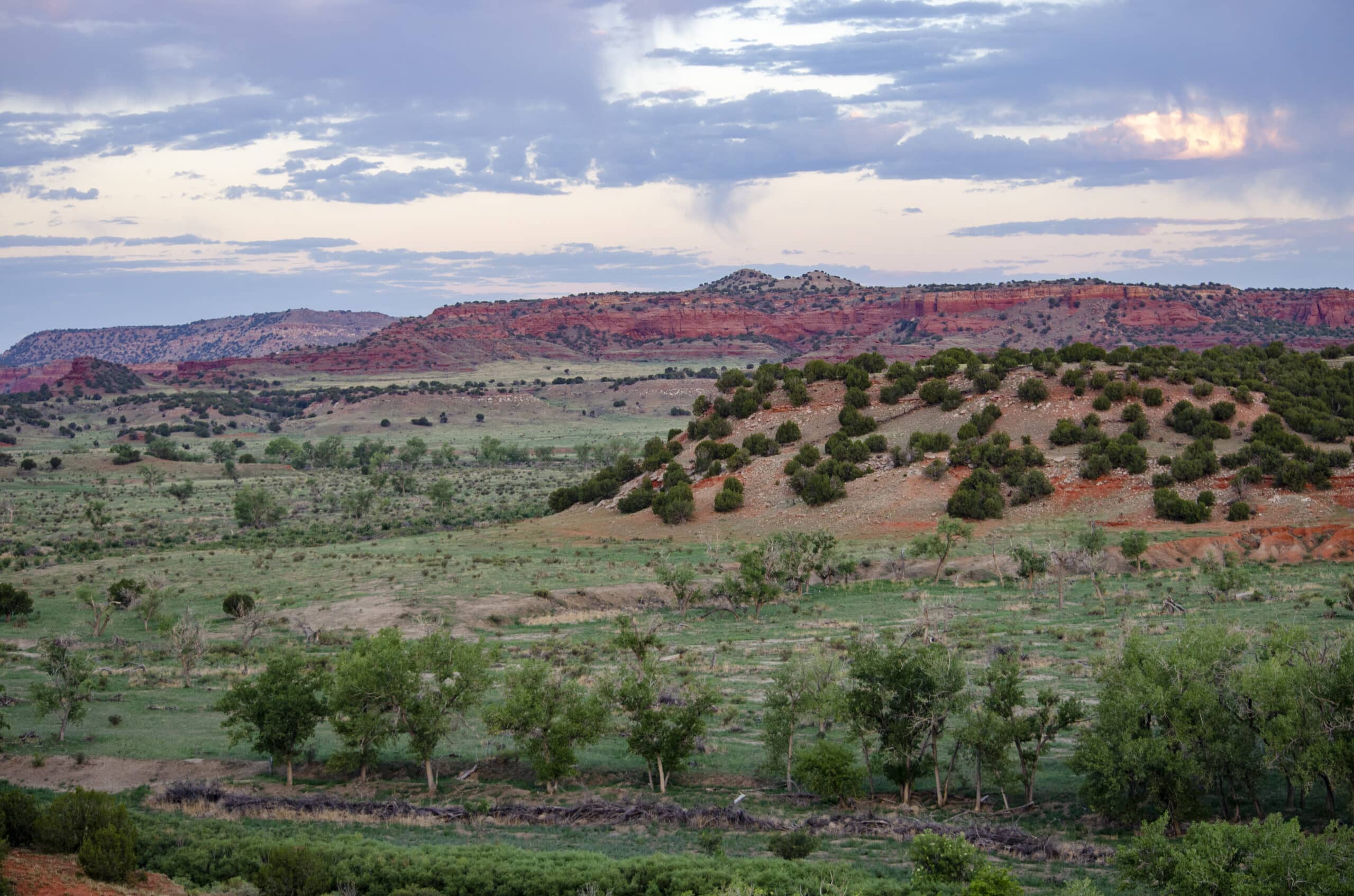
“If the data’s telling us we haven’t hit the utilization level we want, we’ll keep the cattle in that pasture a little longer. If we’ve gone over, we move. If we’ve had moisture and a good rest period, we might return. If we haven’t, we won’t. It’s that simple.”
Defining success: What gets measured, gets managed
At Beatty Canyon Ranch, success isn’t left to chance, it’s defined, tracked and acted on. Steve and his family are clear on what matters most, and they’ve built their entire operation around five core outcomes:
- Conservation of natural resources
- Animal health and productivity
- Financial viability
- Family continuity
- Collaborative partnerships
These aren’t lofty aspirations. They’re working goals, measured by tangible, day-to-day metrics: conception and calving rates, weaning weights, pasture rest periods, grazing duration, and the return on infrastructure investments, from fencing to water points.
And the data continues to deliver. Their breeding program consistently achieves 97–98% conception, with any cows found open during preg scanning immediately culled from the herd. It’s a no-compromise approach that keeps efficiency high and costs down.
“We’ve also been able to recapture the value of 45-day post 2nd vaccination on steers and early weaning on heifers for replacement,” Steve explains. “We couldn’t do that in the early 2000s, but now it’s a core part of how we drive performance.”
Weaning weights have followed suit, averaging 565 pounds for steers and 500–525 for heifers, while replacement heifers are managed to gain additional pounds post-weaning. Their breeding weight goal is 775 pounds because of the stronger breeding outcomes. Uniformity is also a priority.
“Having a consistent calf crop makes everything smoother: marketing, management, and long-term profitability,” Steve adds.
Animal health protocols are just as deliberate. Their updated vaccination schedule includes two full rounds of vaccines, a back pour for internal parasites, and a mineral supplementation program that adjusts with seasonal forage changes to support calf health and performance through autumn.
Strategic thinking also shows up in how the Wootens approach decision-making. The family has built in “trigger dates,” key points in the calendar when they pause, review the data, and decide whether to stay the course or pivot.
“We want to be prepared,” Steve says. “That’s what helps us move quickly if conditions shift because we’ve already thought through the options.”
It’s a mindset that’s helped Beatty Canyon Ranch stay resilient through drought, shifting markets and generational transitions. By using data to measure progress, the family has been able to adapt quickly, fine-tune plans and make strategic investments with confidence.
Digital tools have made that even easier. Platforms like AgriWebb help the Wootens visualise trends, track outcomes over time and make data-driven decisions.
The power of data: Bridging experience with innovation
Steve has nearly 30 years of ranch records, but tools like AgriWebb have transformed the way he interacts with that data. Now, he’s able to visualize grazing patterns, compare year-over-year performance and spot emerging trends that might otherwise be missed.
“We’ve got three decades of data, but technology like AgriWebb gives us the ability to interact with that data faster and more effectively. We know what pastures were grazed, how long they were grazed and what the residual was… That gives us the confidence to move forward.”
For Steve, using data isn’t about chasing trends, it’s about protecting his legacy. By blending technology with hands-on experience, Beatty Canyon Ranch is achieving more resilient landscapes, healthier cattle and a more sustainable bottom line. It also opens the doors to other industry opportunities.
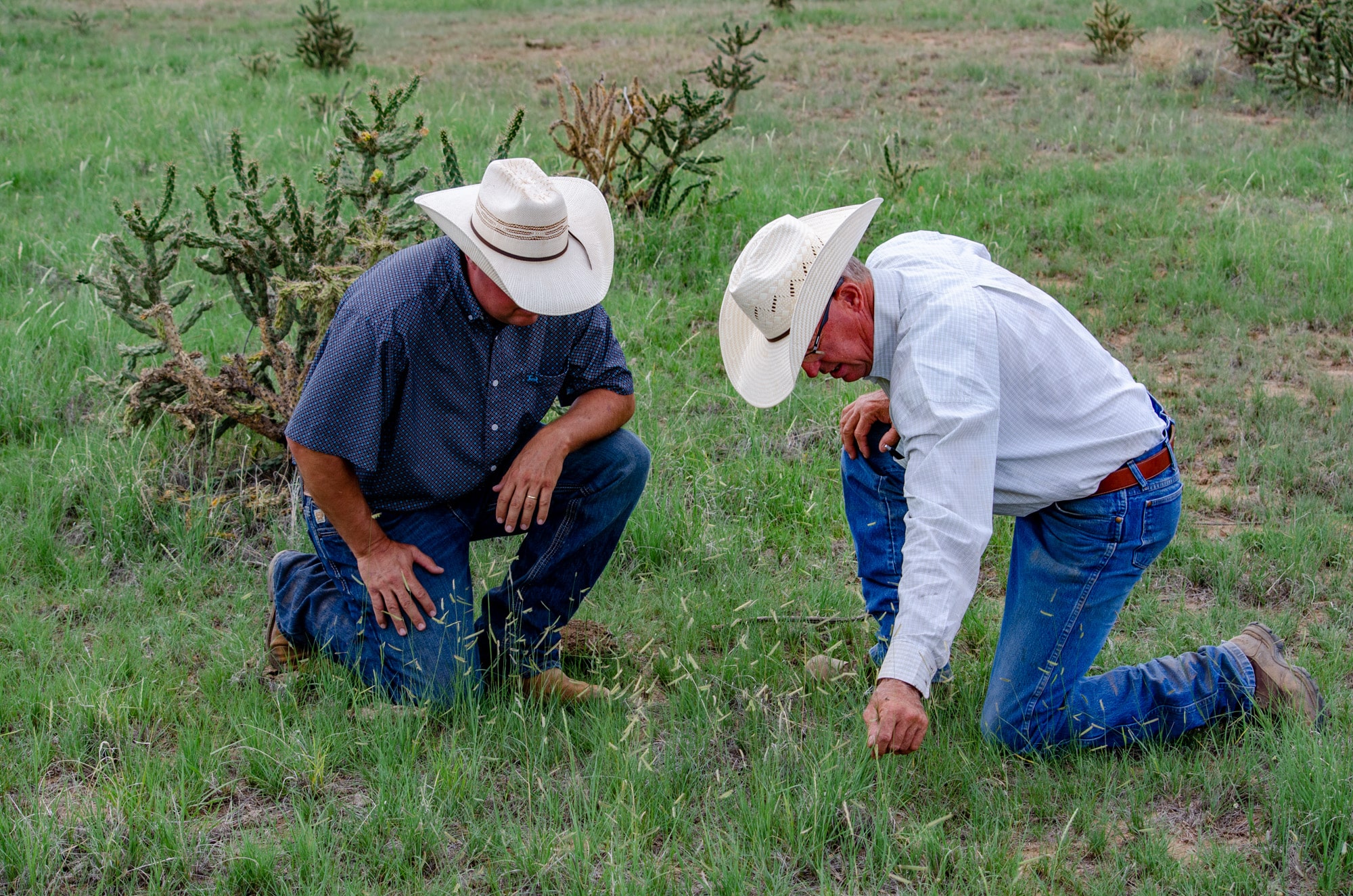
Investing in the ranching ecosystem: The value of third-party eyes
Steve is currently participating in a project focused on improving land and livestock productivity. A key factor for his involvement was the opportunity to get a professional, outside perspective on the inner workings of his ranching operation.
“I want an outsider’s professional assessment to keep this ecosystem highly functioning,” he says, “and then I’ll derive the profit value out of it as we work that whole.”
To Steve, programs like this one offer a rare opportunity: the chance to gather valuable baseline data about the land, the livestock and the practices being implemented, not just for his benefit, but for the broader ranching community in the region.
“It’s about having third-party eyes taking a look at what we’re doing,” he explains. “I’m not afraid to have someone else come in and assess our practices. If we’re going to improve the ecosystem, we need input from people who specialize in analyzing these complex systems.”
Steve compares involvement in these research programs to meeting with an accountant.
“It’s like paying to sit down with someone to go through your books,” he explains. “You’re putting your time and money into figuring out what’s working and what’s not.”
In the same way that financial data reveals strengths and inefficiencies in a business, these ecosystem-focused assessments highlight what’s thriving on the land, and where support or adjustment might be needed.
Ultimately, Steve shared his participation isn’t about checking a box, but rather, holding himself, and the ranch, accountable for continuous improvement. By opening up to rigorous, science-driven evaluations and calling on partners to do the same, he’s working to ensure that ranchers across the country have the tools, and the support, they need to thrive for generations to come.
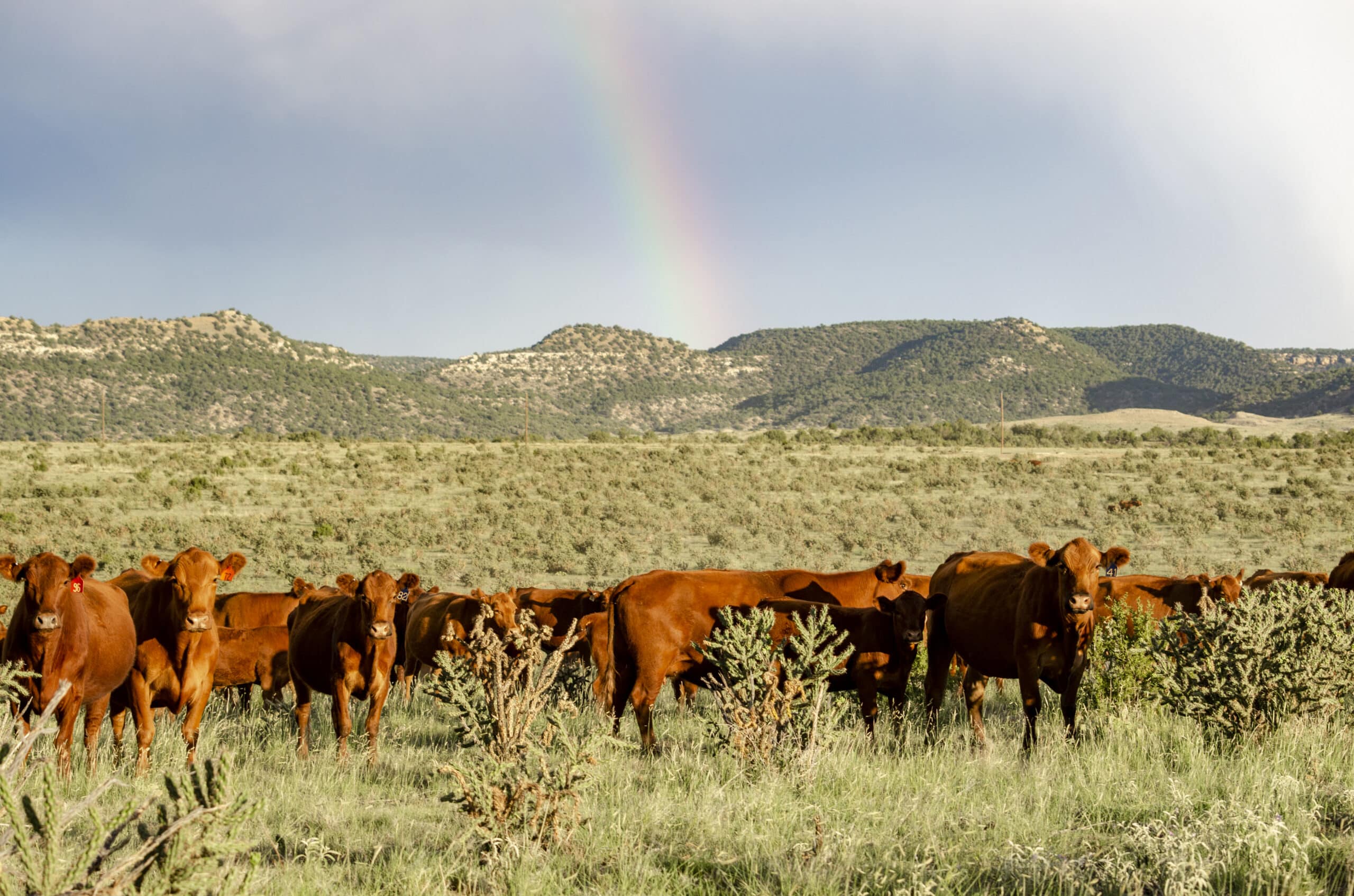
From the Ground Up
This family’s story is a reminder that innovation doesn’t mean abandoning the old ways, it’s about building on them. At Beatty Canyon Ranch, stewardship is a daily practice, and data is just another tool helping the family deliver on their vision of a sustainable, generational ranch.
Ready to see how AgriWebb can help you run a more productive and efficient ranch, just like Beatty Canyon Ranch? Click here to contact a member of our team.